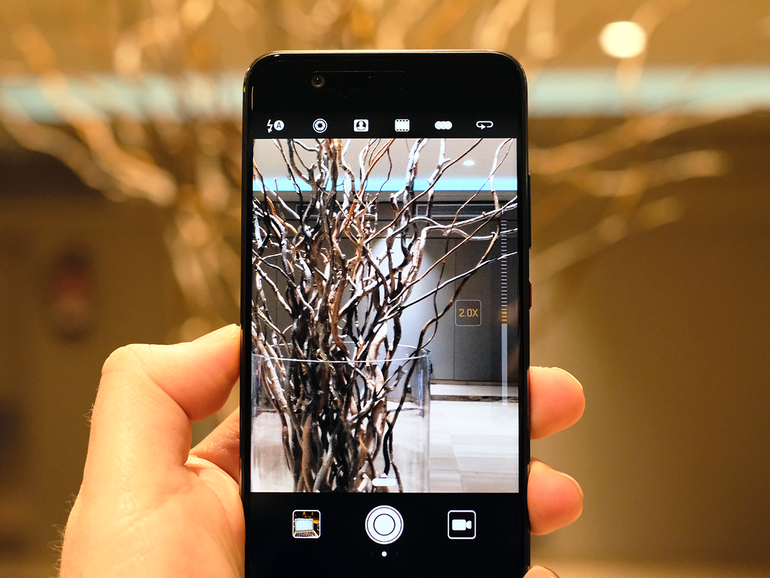Like so much else in life, it’s who throws the biggest party that tells you who is the most popular kid in school. That trend is just as true at the Mobile World Congress in Barcelona, where each February the telecoms industry gathers for the largest mobile conference in the world.
In years gone by, it was Nokia – which at its height sold two out of three 2G phones in the world – that was the most important of the launches to attend. Last year, Facebook’s big reveal was Mark Zuckerberg appearing on stage during Samsung’s Galaxy S7 launch. Pictures of a smiling Zuckerberg walking passed rows of unknowing journalists and analysts wearing Samsung Gear virtual reality (VR) headsets showed the South Korean manufacturer in all its glory. That was before the Note 7 debacle were exploding phones literally exploded the Samsung brand. After announcing last month how battery problems caused those fires, Samsung was conspicuously absent from MWC’s smartphone launch circuit last Sunday. Instead it opted to release two high-end tablets, including the especially impressive Windows 10-running Galaxy Book.

Launched in eight colours – including Pantone colour of the year Greenery and Dazzling Blue – the P10 is the stand-out handset star of this year’s Mobile World Congress.
Equally headline-grabbing was the Huawei Watch 2, a smartwatch that is more mini cellphone than the previous health-tracking orientated models launched by just about everyone. With a nano SIM card slot, WiFi, health-sensors, two days of battery life with normal use, 4GB of storage for music and weighing just 57g, it’s the best smartwatch I’ve tried.
There were other notable smartphone launches this week. Lenovo-owned Moto (the new shortened Motorola brand) launched more of its clever modifications that clip on the back of its superb Moto Z phone. BlackBerry made a comeback of sorts, as TCL (another Chinese maker who has taken over the original smartphone brand and makes phones on licence) launched the new Android KEYone phone.
The most surprising return to form was from Nokia, whose brand is licensed to HMD Global, staffed by former employees of the Finnish giant and who chose the iconic 3310 handset as its sentimental relaunch phone. Banking on the nostalgia of this much-loved handset, Nokia has resurrected its image of being dependable and reliable with a reimagined phone that features a 2.5in screen, 2.5G data speeds and the legendary Snake game. Through clever miniaturisation the new 3310 is a slim and elegant phone that stole the headlines from the real devices it launched, the Nokia 3, 5 and 6. Gone are the days where Nokia was top-dog at this cellular conference, but given the outpouring of sentimentally, it is still a beloved brand.
But the star of the show was Huawei, which has grown to be the third largest smartphone maker in the world, a title it deserves with its strong showing of the P10.
This column first appeared in Financial Mail